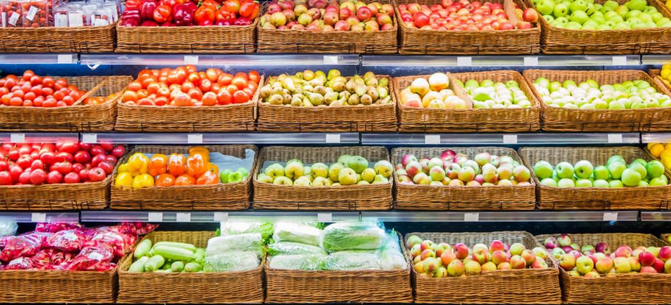Liquid level sensors are used in all sorts of applications, but did you know that they’re integral in  the food industry? They can be found in everything from large bakeries to ice cream factories, and help make food production possible. Now, we’ve listed the top five ways that these sensors are used in the food industry, and how they make an impact.
the food industry? They can be found in everything from large bakeries to ice cream factories, and help make food production possible. Now, we’ve listed the top five ways that these sensors are used in the food industry, and how they make an impact.
Baking bread requires several steps, including mixing the dough, kneading the dough, and allowing the dough to rise before baking it. In large, factory bakeries, though, knowing when the dough has risen high enough is important, in addition to knowing how much of each ingredient to add. That’s where liquid level sensors come in. The sensors can measure liquid ingredients and make sure that the proper amount is added to the mixture. Without these sensors, companies wouldn’t be able to bake as much bread as they do.
Ice Cream. Mixing the ingredients for ice cream is a delicate process. The ice cream needs to be constantly mixed to maintain that smooth, creamy texture and avoid any  development of ice crystals. First, the ice cream ingredients are put into a mixing tank where a “premix” is made. Then, the premix is passed through a homogenizer. However, the level in the premix tank needs to be continuously monitored, which is where level sensors come in.
development of ice crystals. First, the ice cream ingredients are put into a mixing tank where a “premix” is made. Then, the premix is passed through a homogenizer. However, the level in the premix tank needs to be continuously monitored, which is where level sensors come in.
Chocolate Storage. If you’re a chocolate lover, then you may be surprised to know that level sensor also play a role in chocolate production. This sweet treat is kept in a large tank for further processing after the “conching” process. While the chocolate is being mixed in this tank, a level sensor is used to make sure that this delicious dessert isn’t acting in a way that it shouldn’t.
Alcohol Storage. If you enjoy the taste of a beer, then you’ve probably enjoyed a beverage that’s been monitored by a liquid level measurement device. Alcohol is stored in tanks and is pumped directly to the appropriate production vessel through a ring main supply system. In order to monitor the level within the tanks, sensors are installed.
Cheese. A part of the cheese-making process is mixing it in a large mixing tank. The soft cheese collects on the walls of the tank and is then scraped off by large spatulas. But in order to make the cheese-making endeavor a success, level measurements are needed. If you’ve ever enjoyed soft cheese, then you’ve probably benefited from having liquid level sensors.





